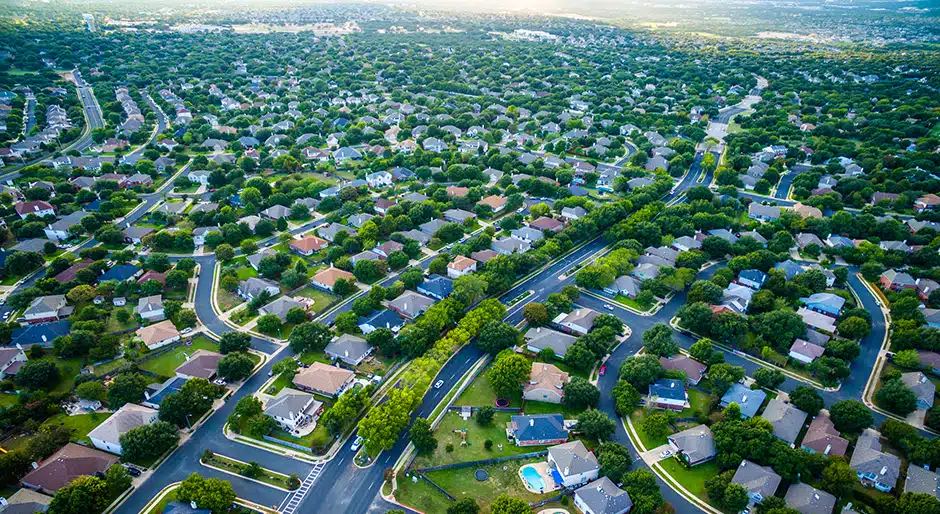Young Americans buying fewer houses
Homeownership rates among young adults today are even lower than in 1988, because of pressures created by elevated housing construction costs, weak income growth among low- and moderate-income households, and expensive land prices, according to The State of the Nation's Housing 2018, a comprehensive annual report produced by the Joint Center for Housing Studies of Harvard University.
Approximately 24 percent of 20- to 24-year-olds moved in 2017, which is down from 34 percent for the age group in 1996. The mobility rate dropped 3 percentage points for 30- to 34-year-olds, and it dipped 1 percentage point for those 65 and up.
Overall, 11 percent of residents moved into a new home in 2017, compared with 12 percent in 2012 and 13 percent in 2007.
Americans aged 25 to 34 have homeownership rates at 4.2 and 6.3 percentage points less than their 1994 and 1987 counterparts, respectively. Although young adults will continue to fuel household growth, due to the numbers of millennials in the country, “adults under age 35 are still not forming households at rates as high as previous generations at that age,” according to the report.
Families moving out of their home state have been constant. New residents are moving into homes in the West and the Southeast, including Washington, Oregon, Florida, Georgia and South Carolina. The Western region is appealing to many because there are numerous high-paying jobs in those areas. And the South’s lower cost of living is attracting new residents.
Millennials, in particular, headed to Colorado, Georgia, Maine, Minnesota, New Hampshire, Oregon, Texas and Washington.
California, New York and Illinois, the expensive states, had most residents leaving because of the high costs of housing and living, losing 443,000 residents to domestic migration in 2017, more than double the 207,000 net losses in 2011.
Although the pace of household growth in 2017 still lagged long-term average rates, the outlook remains largely positive. With incomes and wealth rising, the growth and aging of the U.S. population is expected to drive up household growth and, therefore, the demand for housing. Assuming the current economic expansion continues, state-to-state migration should increase further, bringing new housing demand to different parts of the country.
To read the full report, click here.

